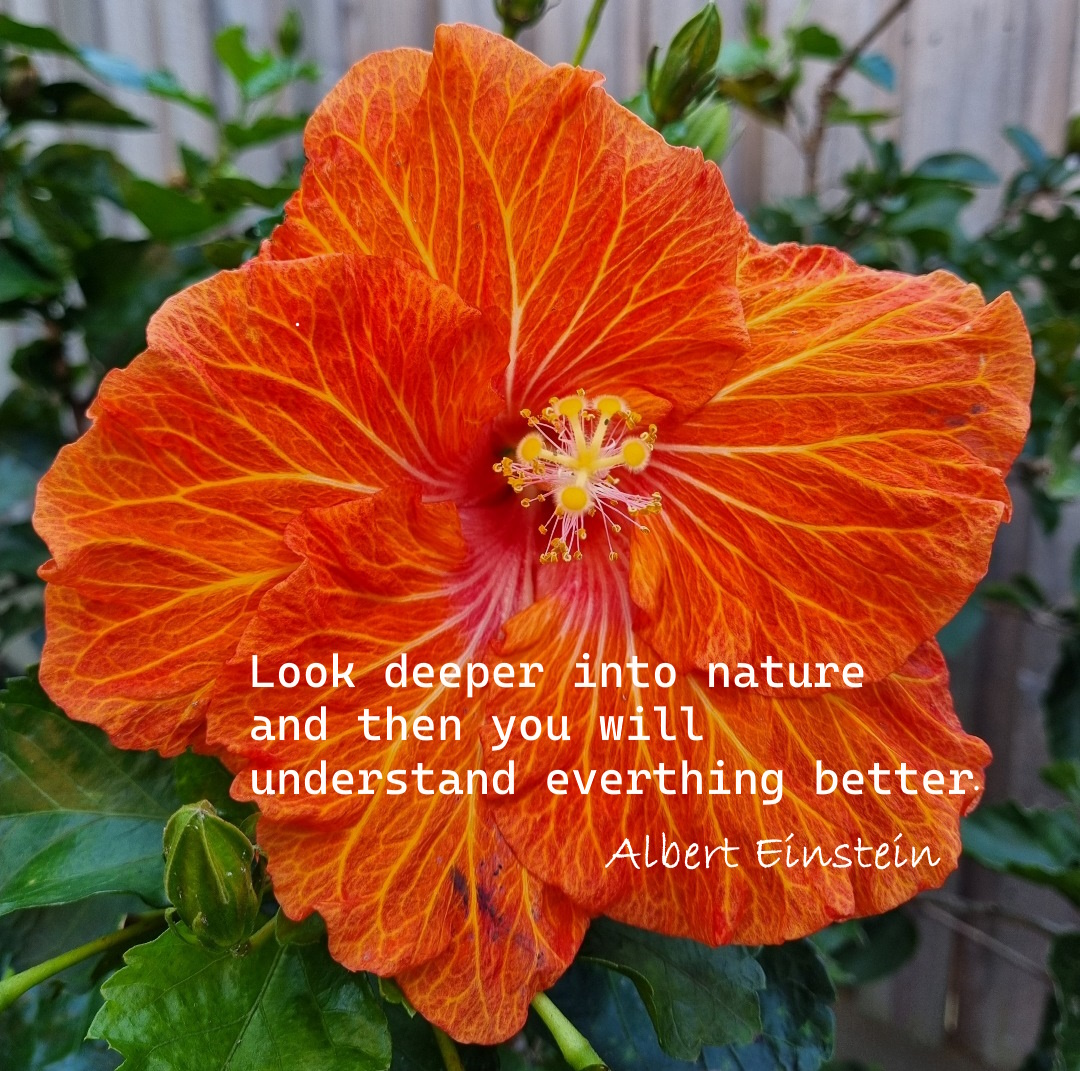Do you struggle to integrate a regular meditation practice into your daily life? Is your concept of meditation and mindfulness with the idea that you must be able to sit cross-legged for prolonged periods of time and instantly quieten your mind?
Let us do a bit of reframing around meditation so you can see how easy it is for you to integrate meditation into your daily life.
When you come to meditation with the intention of focusing on the breath and being more mindful, more present in your everyday life, then you will discover that you can meditate almost anywhere anytime and in a myriad of different ways- simply observing the breath whilst sitting in practice.
You can also be in meditative state whilst walking- walking meditation. You can walk barefoot on the sand and become mindful of the temperature and texture of the sand against your bare skin. Being in nature in silence and observing the intricate details of a flower, leaves on a tree, the veins in a rock, the sound of lapping water, a feather blowing in the wind or simply observing the clouds passing by.
When you touch one thing with deep awareness, you touch everything.
– Thich Nhat Hanh
When I become more mindful and look deeper into nature, it is as if the whole universe opens up to me and I understand the interconnectedness of all things better.
“Look deeper into nature and then you will understand
everything better.” – Albert Einstein
When you reframe meditation as observing the breath and your surroundings in a more mindful way, you can discover a sense of peace, calm and quietude (more on quietude further down) even when walking down a busy street.
We go more deeply into ways that you can integrate meditation and mindfulness into daily life during the Mind of Meditation™-meditation and mindfulness course that I offer.
Of course, I do recognize and respect those who have chosen a specific spiritual path that asks of them to include a more regular and time-specific meditation practice into their daily lives- as a Buddhist, I include myself here.
If you are not committed to a specific spiritual path that includes time-specific meditation, a pathway to integrating meditation into your everyday life more easily is to let go of the structure, counting and keeping of time that can impose limitations and a sense of defeat especially to those new to meditation practice- miss one or two scheduled meditation practices and you might decide to give up.
As an experienced meditation practitioner and teacher, I can say that most of the westerners that I’ve taught over the years initially find an habitual mediation practice challenging to integrate into everyday life.
Integrating a formal meditation practice into your daily life can be life-changing and life-enhancing. Some styles of meditation demand a specific amount of meditation sessions per day and each for a specific amount of time. For some individuals, once they become conscious of how often and for how long they must meditate, this can become a deterrent of itself- miss a meditation session and it’s easy to become defeatist and throw in the towel. It doesn’t have to be that way.
During the Mind of Meditation™ –meditation and mindfulness course that I offer, I do recommend and encourage a daily routine of meditation practice and at the same time, I do not fixate on the amount of time you “must” practice practicing meditation. The important thing is to create a pattern of meditation into your daily life – you could have a regular irregular pattern and that’s OK.
You can practice being mindful in the shower. Become aware of how you experience the water through your senses- the temperature, how it touches your skin and the sound of the water.
As surprising as it is to some people, I love ironing as I find it highly meditative. It is the slow repetitious movement. Side note- I have been asked by numerous friends over the years if they could bring me their ironing. I will let you guess what my answer has been.
Slow repetitious movement can be experienced as a form of mindfulness meditation.
I mentioned quietude- So what is the difference between quiet and quietude?
First let’s think about sound. Sound is measured in the decibel scale, in a unit called decibels (dB). The quietest or softest audible sound a human can hear, perceived as near total silence- something that is almost inaudible is 0 dB. Whispering is 30dB and normal conversation is measured at around 60-70 dB. The higher the decibels, the louder the sound.
Quiet- Is a sensory experience detectable by our ears and quantifiable in decibels. Quiet refers to the absence of sound or noise.
Quietude- Is not only the absence of sound, it is a state of being that transcends the simple sensory experience of quiet. Through the practice of meditation, we can evolve to experience an inner state of quietude, a state of mind and body where we can find harmony, calm and peace.
So what is the simple essence of what I am saying here is…
During your everyday life, slow down, focus your awareness on the breath and your mind will begin to quieten. Observe your sensory experience of the world around you in a more mindful way and you will already be practicing mindfulness meditation in more ways than you need to count.
How easy could that be for you?
Got a question or comment, do share in the comments below…


Leave a Reply